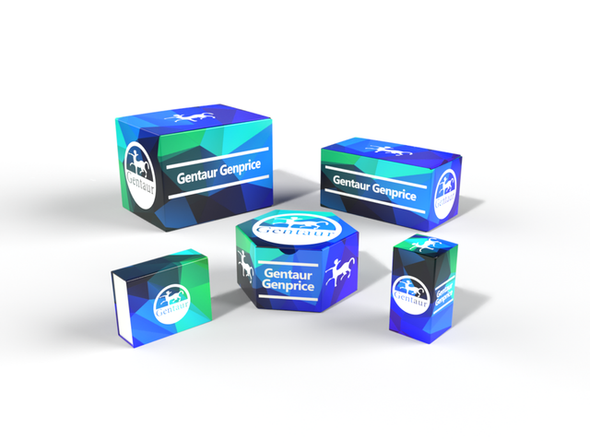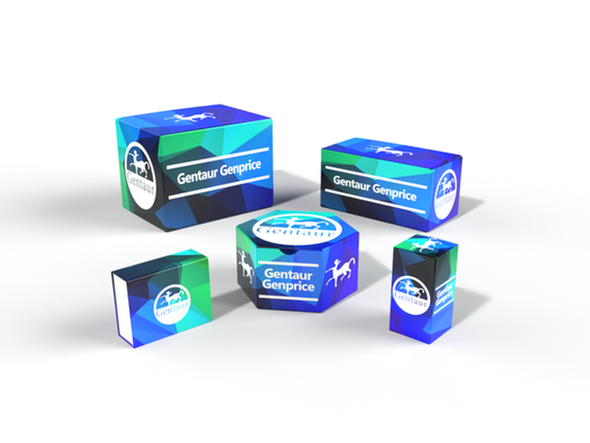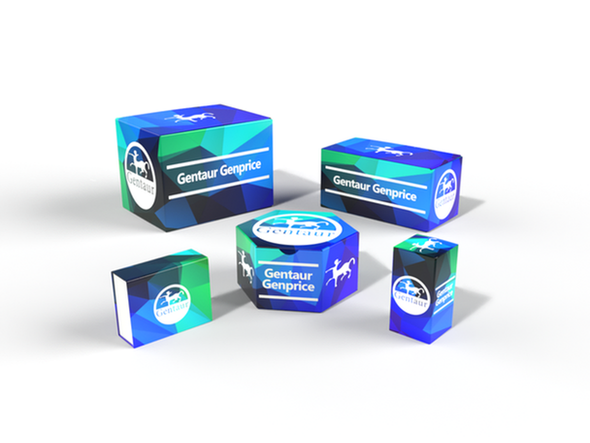740
Human Schlafen family member 5 (SLFN5) ELISA Kit | AE18243HU
- SKU:
- 740-AE18243HU
- Availability:
- Usually ships in 5 working days
Description
Human Schlafen family member 5 (SLFN5) ELISA Kit | AE18243HU | Gentaur UK, US & Europe Distribution
Species Reactivity: Human (Homo sapiens)
Abbreviation: SLFN5
Alternative Name: MGC150611; MGC150612; MGC19764;
Application: ELISA
Range: 0.156-10 ng/mL
Sensitivity: 0.067 ng/mL
Intra-Assay: ≤6.1%
Inter-Assay: ≤10.6%
Recovery: 1, 04
Sample Type: Serum, Plasma, Other biological fluids
Detection Method: Sandwich
Analysis Method : Quantitive
Test Principale: This assay employs a two-site sandwich ELISA to quantitate SLFN5 in samples. An antibody specific for SLFN5 has been pre-coated onto a microplate. Standards and samples are pipetted into the wells and anySLFN5 present is bound by the immobilized antibody. After removing any unbound substances, a biotin-conjugated antibody specific for SLFN5 is added to the wells. After washing, Streptavidin conjugated Horseradish Peroxidase (HRP) is added to the wells. Following a wash to remove any unbound avidin-enzyme reagent, a substrate solution is added to the wells and color develops in proportion to the amount of SLFN5 bound in the initial step. The color development is stopped and the intensity of the color is measured.
Product Overview: SLFN5 belongs to the Schlafen family, The Schlafen (Slfn) family of genes are differentially regulated during thymocyte maturation and are preferentially expressed in the lymphoid tissues. Ectopic expression of the prototype member Slfn1 early in the T lineage profoundly alters cell growth and development. In these mice, the DP thymocytes fail to complete maturation, and, depending on the transgene dosage, the number of thymocytes is reduced to 1%-30% of normal. Furthermore, expression of the Schlafen family members in fibroblasts and thymoma cells either retards or ablates cell growth. The conceptual protein sequences deduced for each of the family members have no similarity to characterized proteins and must therefore participate in a heretofore unknown regulatory mechanism guiding both cell growth and T cell development.
Stability: The stability of ELISA kit is determined by the loss rate of activity. The loss rate of this kit is less than 5% within the expiration date under appropriate storage condition. The loss rate was determined by accelerated thermal degradation test. Keep the kit at 37°C for 4 and 7 days, and compare O.D.values of the kit kept at 37°C with that of at recommended temperature. (referring from China Biological Products Standard, which was calculated by the Arrhenius equation. For ELISA kit, 4 days storage at 37°C can be considered as 6 months at 2 - 8°C, which means 7 days at 37°C equaling 12 months at 2 - 8°C) .






